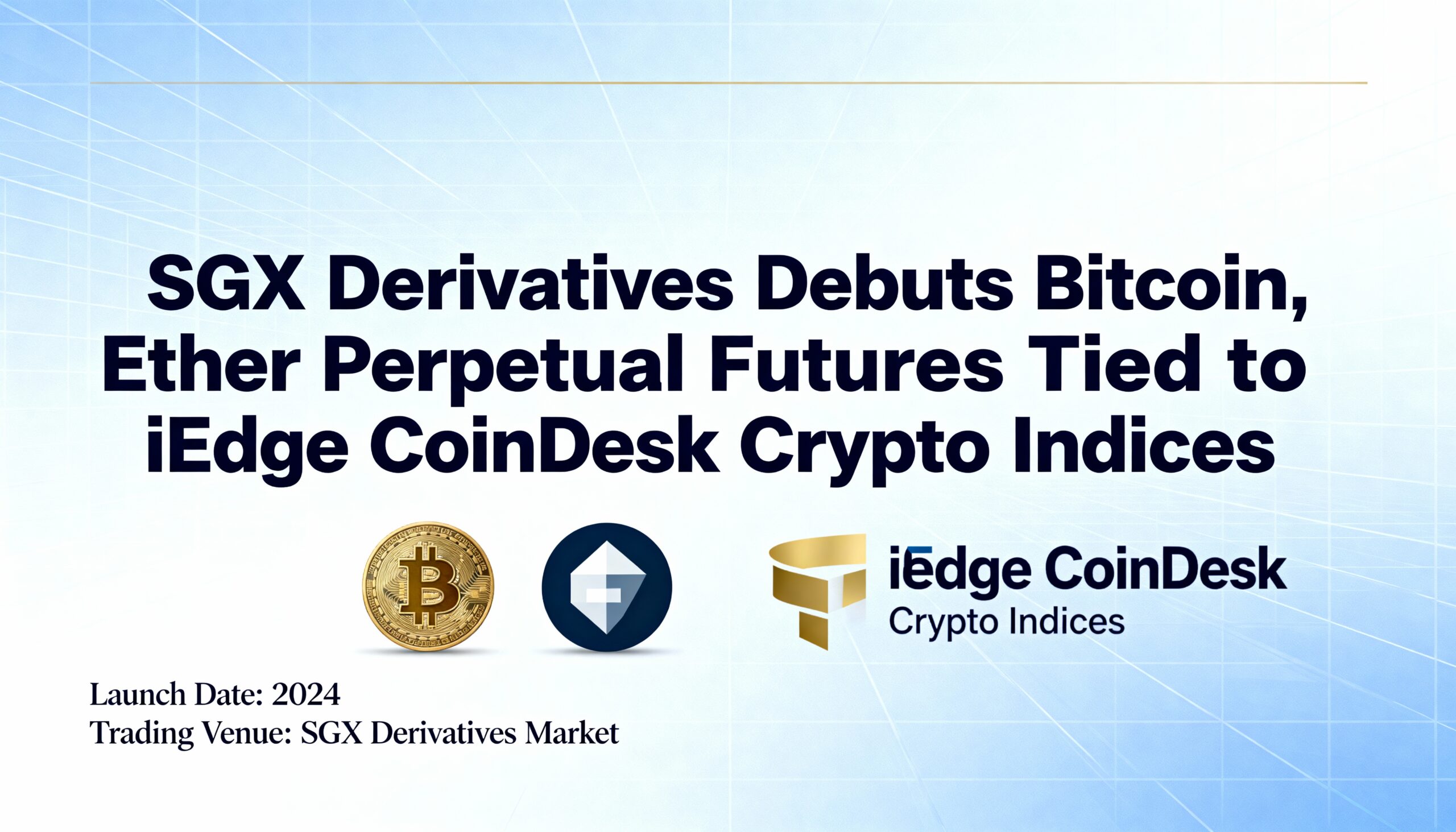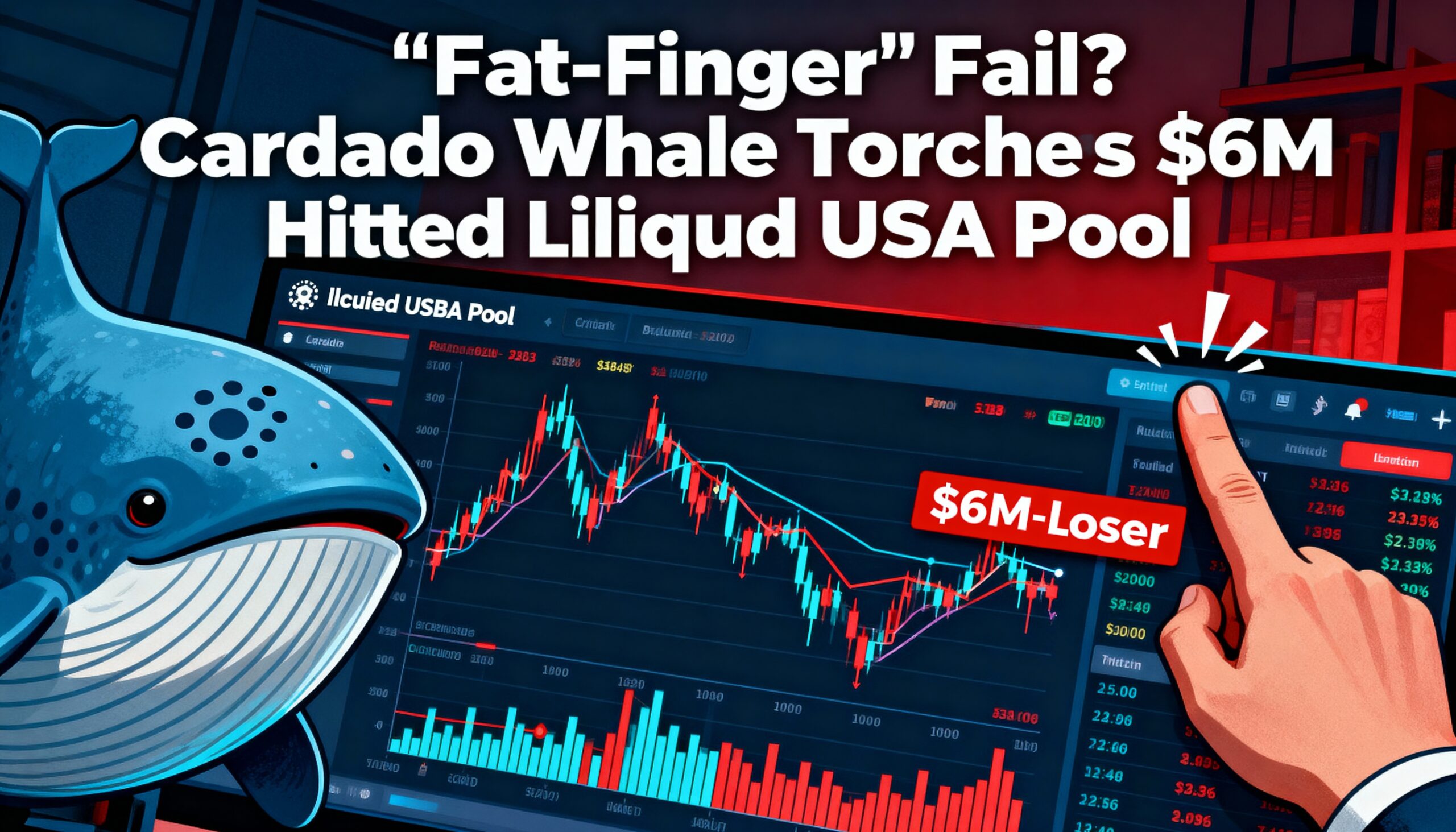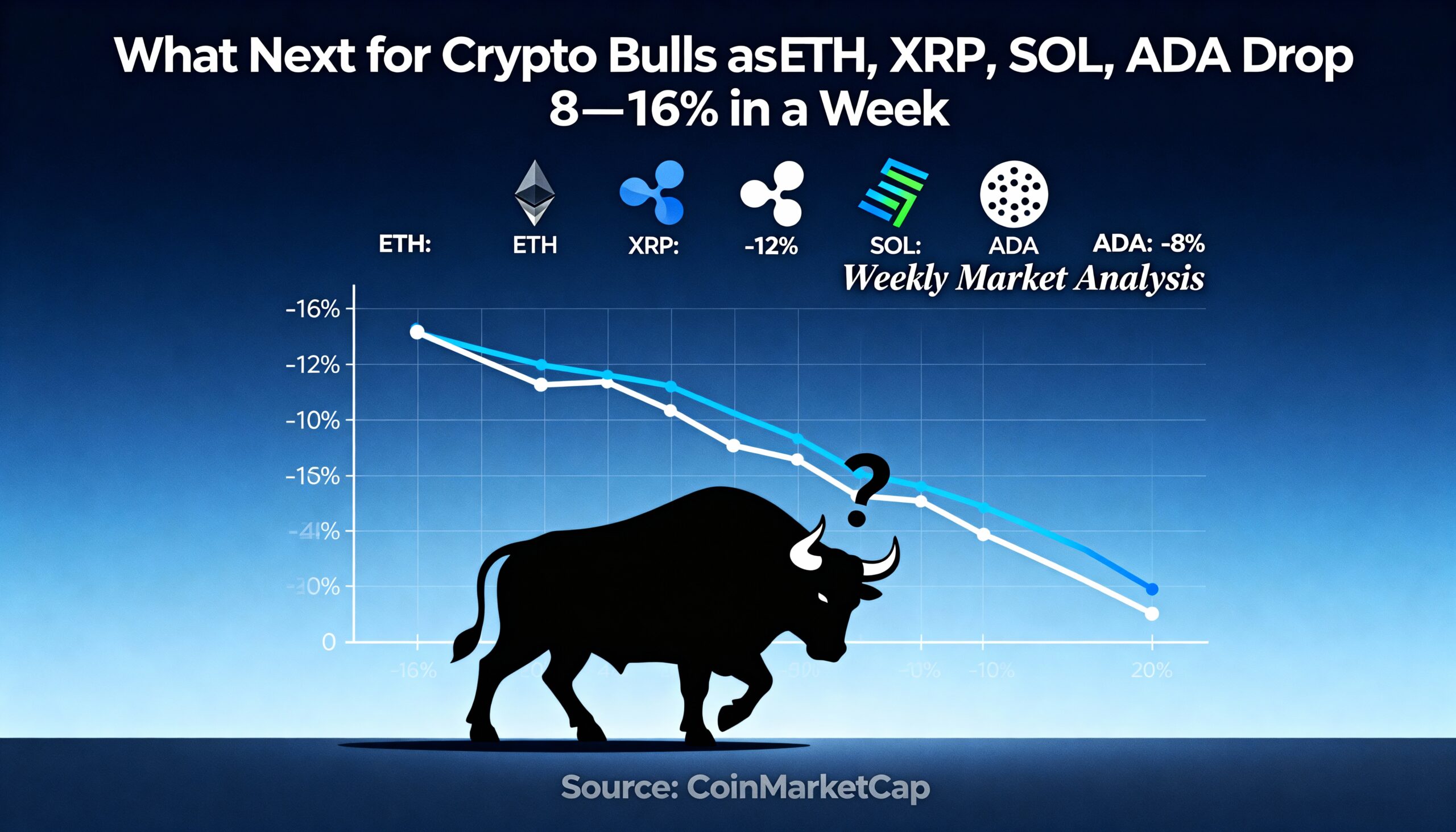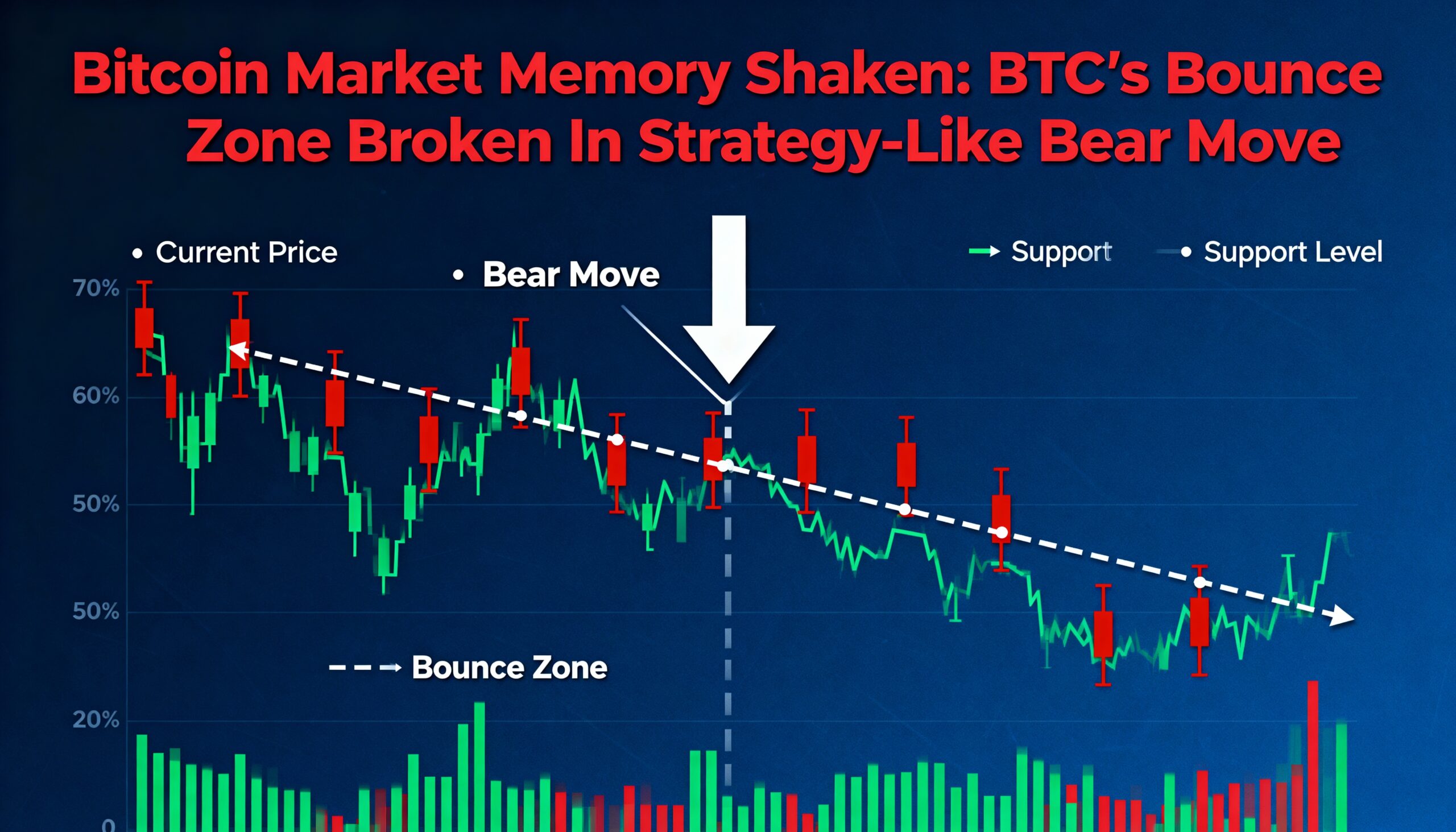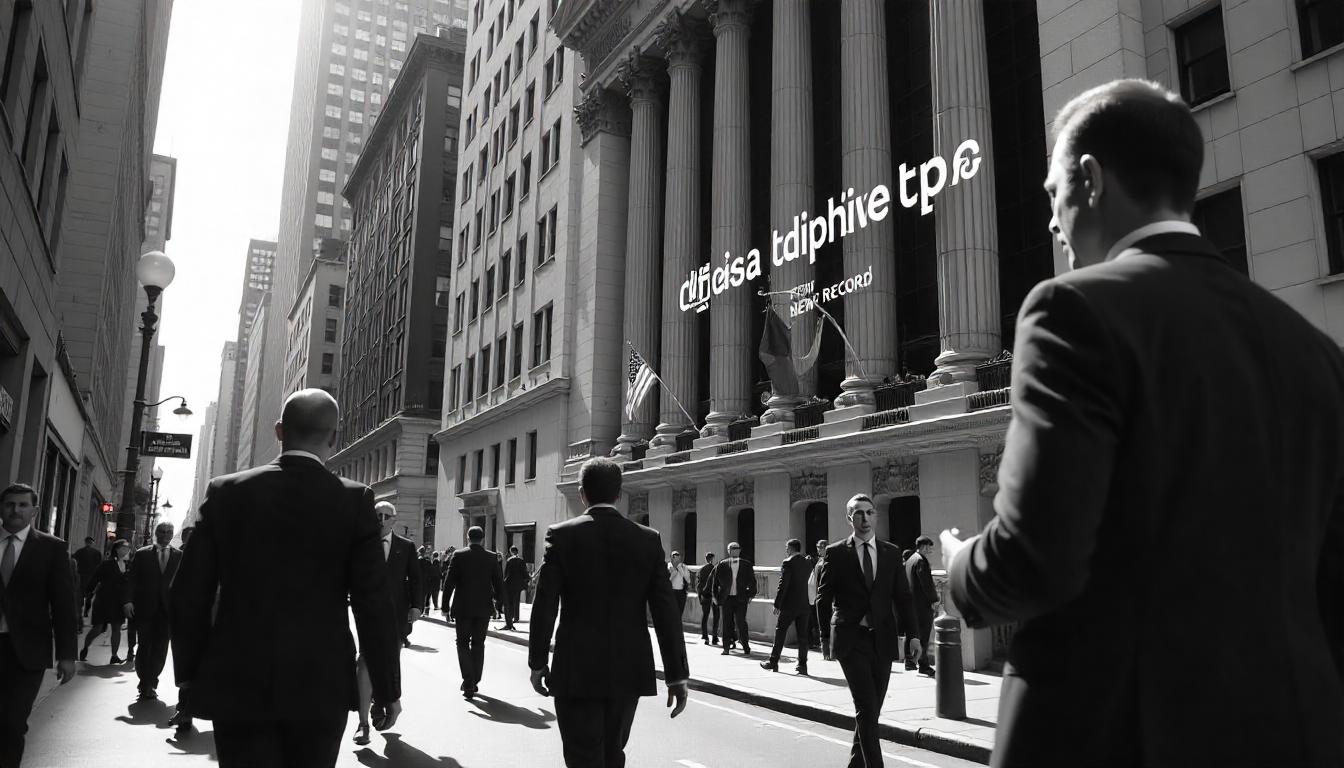
Circle Shares Surge as Valuation Nears Coinbase, but Lofty Multiples Raise Caution
Circle (CRCL), the prominent stablecoin issuer, continued its meteoric ascent on Monday, reflecting booming investor demand for stablecoin exposure even as analysts grow wary of its sky-high valuations.
The stock jumped as much as 22% in morning trading, hitting a record near $299 before pulling back to close at around $263, still up 9% for the session. Since Circle’s IPO earlier this month at $31 per share, the stock has surged approximately 750%.
At its peak on Monday, Circle’s market capitalization approached $60 billion—nearly matching the $61.3 billion circulating supply of its USDC stablecoin. That valuation also brings Circle within range of major crypto exchange Coinbase (COIN), whose market cap stands around $78 billion.
Circle’s explosive rally highlights investor enthusiasm for the growing stablecoin market, a segment of the crypto space with few publicly traded pure-play options. USDC remains the world’s second-largest dollar-pegged token and plays a significant role across centralized exchanges, decentralized finance (DeFi) protocols, and increasingly in payments and cross-border transactions.
A major catalyst for the rally was last week’s passage of the GENIUS Act in the U.S. Senate, which aims to provide clearer regulatory frameworks for stablecoins—a development that some believe could open the door for the sector to expand into the trillions of dollars in market size.
Yet, despite the bullish momentum, some analysts are urging caution.
“Not a lot of upside in the current model,” said Jon Ma, CEO of crypto analytics firm Artemis, in a post last Thursday. He noted that Circle’s valuation multiples are significantly higher than those of its fintech and crypto peers, trading at roughly 32 times revenue, 80 times gross profit, 152 times EBITDA, and 285 times earnings.
With Circle’s market cap now comparable to established fintech players such as Robinhood ($68 billion), Nubank ($59 billion), and Block ($38 billion), questions remain over whether the rally can sustain itself without a correction.


